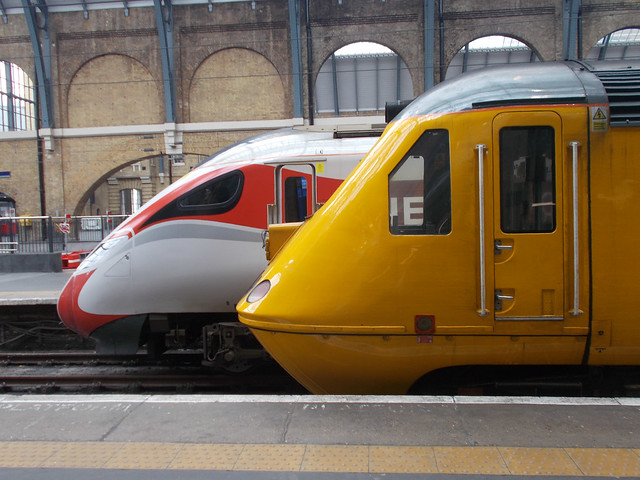Types of Kitchen Water Heaters
Designed to supply one or two faucets, this point-of-use electric water heater is compact and efficient. It features a glass-lined tank for durability and thick CFC-free foam insulation to minimize energy consumption.
Its adjustable temperature settings and energy-saving mode make it a smart choice for any household. It’s also UL listed for safety and reliability.
Gas
Gas water heaters use natural gas or liquid propane (L.P.) as their fuel source, which makes them a great choice if you have municipal gas service. ENERGY STAR certified gas water heaters are available that offer excellent energy efficiency, so you can save on utility bills over the life of the appliance. Additionally, they heat water twice as fast as electric water heaters, which means you won’t have to wait long between showers.
Tanked gas water heaters house a burner at the bottom of the tank that heats the water as it rises to the top. There’s also a sacrificial metal rod, called an anode, that lines the tank and draws corrosion into it to protect the tank walls from damage. The tank is surrounded by a gas flue that diverts the combustion exhaust from the burner to outside. Some models feature a motorized fan – called a power vent – that forces the hot exhaust outside instead of up through the roof.
These types of water heaters typically require a separate 240-volt circuit to run, which can be expensive to install. However, they’re a good option for homes that already have gas service, since they’ll be able to continue operating during a power outage as opposed to electric models. Purchasing and installing a new gas water heater is usually more expensive than an electric model, but it can quickly recoup its initial cost in energy bill savings and improved availability of hot water for your home.
Electric
Electric water heaters don’t require gas piping, so they’re cheaper to install. They also don’t lose energy to venting or produce carbon monoxide. They have more size options than gas heaters and typically cost less to operate (though that can vary based on your electricity rates). Look for an ENERGY STAR rating to find the most efficient electric models.
If you have a home with a 240-volt connection, a new water heater can be wired into the existing circuit without any additional costs. Most homes have this option, so it’s an easy and straightforward upgrade for most families.
Many people choose an electric model because it’s more reliable than a gas heater in case of a power outage. While a gas model may work in an outage, it depends on the type and its ignition system. kitchen water heater Newer models, for example, use electricity to heat the water instead of a pilot light.
An electric heater is much better for the environment than a gas one. The main reason is that natural gas is a fossil fuel, while electricity can be produced using renewable sources. Solar, wind, and hydropower are the main renewable resources that generate electricity.
Tankless
Unlike tank-style units, these energy efficient appliances heat water on demand, only when needed. Depending on the model you select, this can save a significant amount of energy. Most tankless units are powered by either natural gas or electric boiler water heater electric, with an ignitor system similar to that found in kitchen stoves and some natural-gas furnaces. They can be installed at the point-of-use, such as under the sink, or throughout a home at multiple locations.
Tankless units are smaller than tank systems, making them more compact and able to fit in tight spaces. They are also safer than conventional tanks, as they do not store hot water for extended periods of time. They also typically require fewer repairs, and may qualify for rebates from local utility or energy companies.
The underlying technology for tankless units includes heat exchangers with many small passageways, designed to provide fast heat transfer. These designs, however, can allow scale to form on the internal surfaces if not properly maintained. Regular flushing and yearly descaling of tankless units can help minimize the risk of problems.
Choosing the right tankless water heater size depends on how many people live in your home and what their peak usage habits are. You may also want to consider the frequency of parties or holidays in your house, and whether you frequently have guests staying overnight, since these events can significantly increase your hot water needs.
Installation
If you’re considering installing a point of use water heater, it’s important to understand the different types available. This will help you decide which one is best for your home. These heaters heat a small amount of water on demand, making them more energy efficient than traditional tank models. In addition, they are typically smaller and can be installed under the sink, making them easy to access and maintain.
The first step in installing a mini tank water heater is to shut off the main water supply valve. This will prevent any damage to the unit while it’s being fitted. It’s also important to ensure that the installation area is free from flammable materials and has proper ventilation.
After securing the water heater to the wall, connect the hot and cold water supply pipes. Follow the manufacturer’s instructions to ensure a secure and watertight connection. Then, connect the water outlet port to the faucet and plug in the electrical connection. Finally, turn on the tap to test the water flow.
While there are many benefits to using a mini tank water heater, it’s important to note that they can be expensive to run if you have several outlets or appliances that need quick hot water. In addition, they may not be suitable for homes with a low water consumption.

